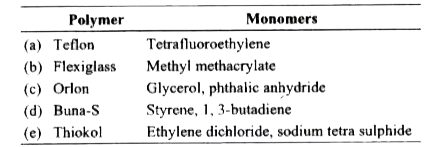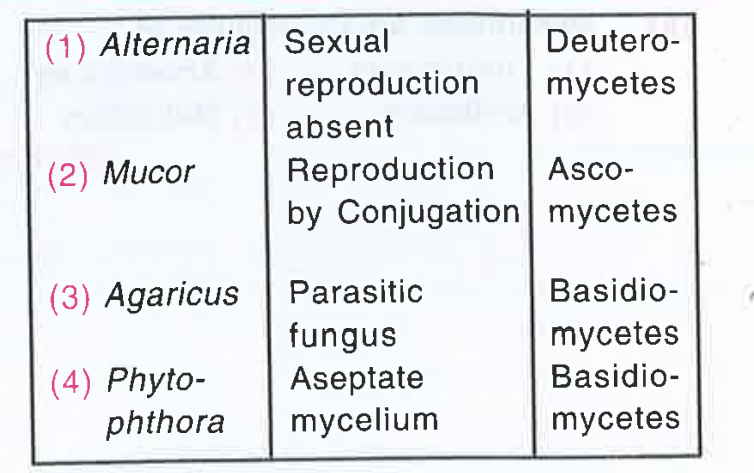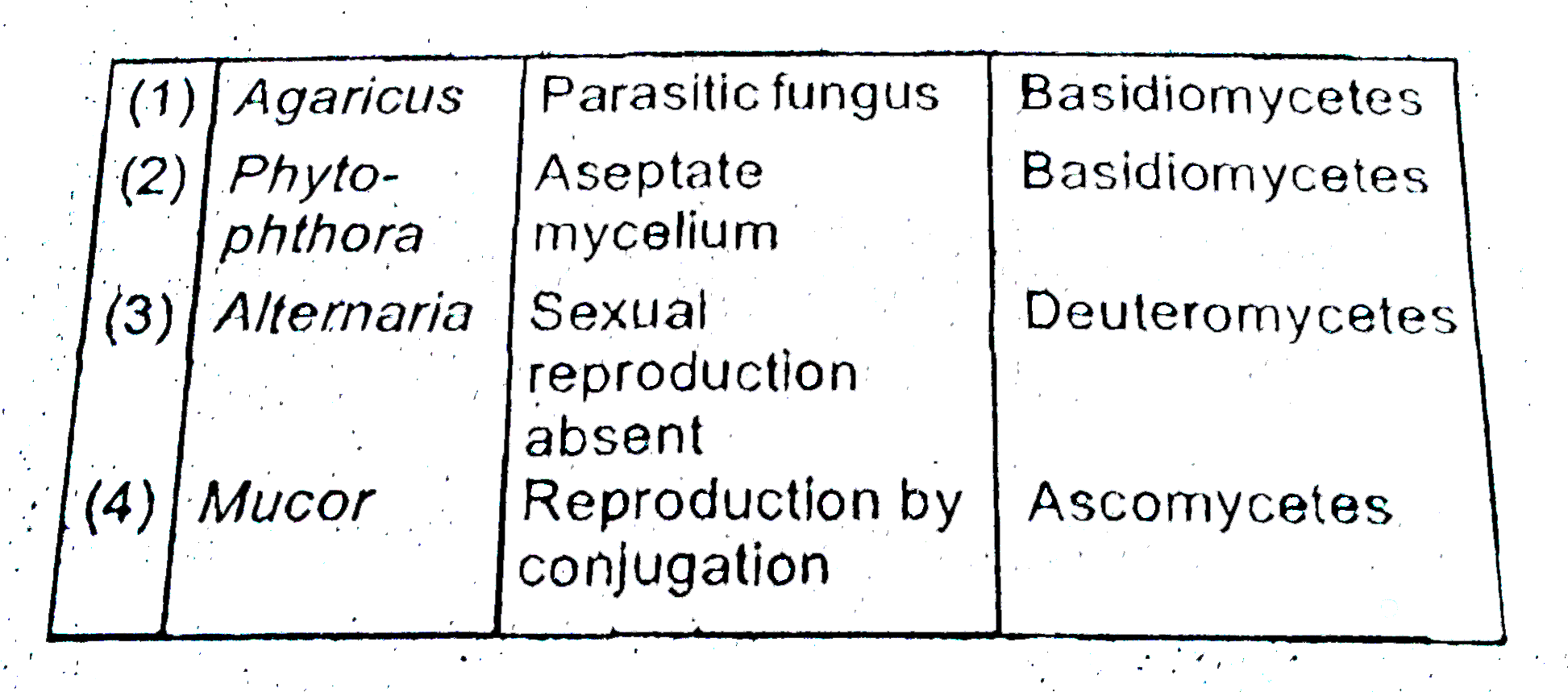Which one of the following is correct matching of a plant, its habit and forest type where it normally occurs?
Prosopis, tree, scrub
Sacciharum, grass, forest
Shorea robusta, herb, tropical rain forest
Acacia catechu, tree, coniferous forest.
The correct Answer is:B
To solve the question regarding the correct matching of a plant, its habit, and the forest type where it normally occurs, we need to analyze each option provided.
1. Analyze the First Option: Prosopis tree scrub
- Prosopis is a genus of flowering trees and shrubs in the family Fabaceae.
- These trees are commonly found in scrub habitats.
- They are known for their importance in various cultures, including being used for sacred and ceremonial purposes, particularly in Hinduism.
- Conclusion: This option is correct as it matches Prosopis with its habit (tree) and the forest type (scrub).
2. Analyze the Second Option: Saccharum grass
- Saccharum refers to a genus of grass, commonly known as sugarcane or reed.
- Grasses do not typically belong to forest types; they are more associated with grasslands or wetlands.
- Conclusion: This option is incorrect as it mismatches the plant (grass) with a forest type.
3. Analyze the Third Option: Shorea robusta, herb tropical rain forest
- Shorea robusta, commonly known as Sal, is a tree species found in tropical moist deciduous forests.
- It does not belong to herbaceous habitats but is a significant tree in moist forests.
- Conclusion: This option is incorrect as it mismatches the plant (tree) with a forest type (herb).
4. Analyze the Fourth Option: Acacia catashu, tree coniferous forest
- Acacia catashu is a tree species that typically grows in dry deciduous forests, not coniferous forests.
- Coniferous forests are characterized by cone-bearing trees, which are different from Acacia species.
- Conclusion: This option is incorrect as it mismatches the plant (tree) with a forest type (coniferous).
Final Conclusion:
The only correct matching is the first option: Prosopis tree scrub.
- Prosopis is a genus of flowering trees and shrubs in the family Fabaceae.
- These trees are commonly found in scrub habitats.
- They are known for their importance in various cultures, including being used for sacred and ceremonial purposes, particularly in Hinduism.
- Conclusion: This option is correct as it matches Prosopis with its habit (tree) and the forest type (scrub).
- Saccharum refers to a genus of grass, commonly known as sugarcane or reed.
- Grasses do not typically belong to forest types; they are more associated with grasslands or wetlands.
- Conclusion: This option is incorrect as it mismatches the plant (grass) with a forest type.
- Shorea robusta, commonly known as Sal, is a tree species found in tropical moist deciduous forests.
- It does not belong to herbaceous habitats but is a significant tree in moist forests.
- Conclusion: This option is incorrect as it mismatches the plant (tree) with a forest type (herb).
- Acacia catashu is a tree species that typically grows in dry deciduous forests, not coniferous forests.
- Coniferous forests are characterized by cone-bearing trees, which are different from Acacia species.
- Conclusion: This option is incorrect as it mismatches the plant (tree) with a forest type (coniferous).
The only correct matching is the first option: Prosopis tree scrub.
Similar Questions
Knowledge Check
Which of the following is not a correct match of animal and its habitat?
AHydra vulgaris - Sea waterBHydra gangetica - FreshwaterCObelia - Sea waterDPhysalia - Sea water
Which one is a correct matching of plnt, its habitat and the forest type where it normally occurs
View SolutionWhich one of the following is not a correct match ?
View SolutionWhich one of the following is not a correct match ?

View SolutionWhich one of the following is not a correct match?
View SolutionOne of the following is not a correct match
View SolutionWhich one of the following matches is correct ?

View SolutionWhich one of the following matches is correct ?

View Solution
